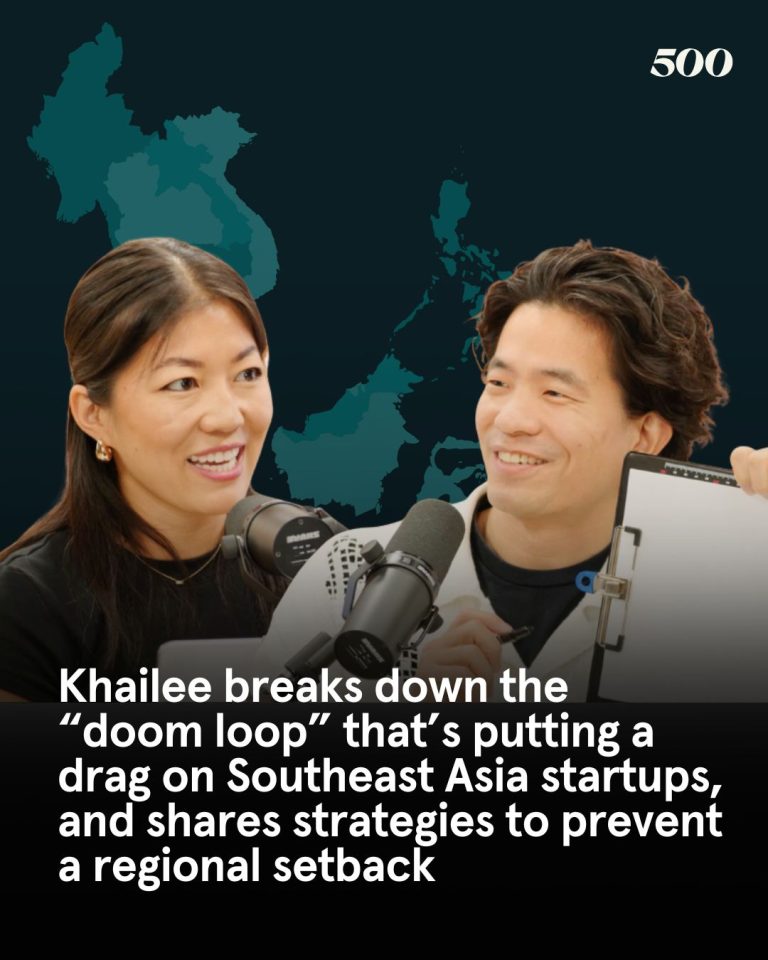Food sea-curity
- The fishery sector is expected to contribute 5%-6% of Indonesia’s GDP this year, according to Minister of Maritime Affairs and Fisheries Sakti Wahyu Trenggono. Yet, while there are 2.7 million fishermen in the country, they make up 25% of the national poverty rate.
- The government has set plans in motion to meet the rising demand for farmed seafood and claim a greater share of the US$421B global market.
- In addition to the goal of exporting 4x more fishery products by the end of 2024 from the output in 2020, they plan to restore more than 300,000 hectares of idle shrimp-farming ponds to boost production.
- Rising up to this challenge are 500-backed aquaculture companies eFishery and JALA, both of which are harnessing the power of technology to optimize profits and productivity for farmers.
- eFishery’s automatic feeding tool detects the hunger levels of fish and shrimp and dispenses food accordingly, thus preventing over-feeding or under-feeding.
- “It’s ironic that fish farming practices in Indonesia have not changed in the last 30 years, while in all other industries there have been many technological advancements,” Founder & CEO Gibran Huzaifah shared.
- eFishery’s ecosystem has been used by more than 200,000 farmers in 280 cities in Indonesia. The company aims to grow this number to one million farmers by 2025.
- In agreement is JALA’s Co-founder & CEO Liris Maduningtyas: “In a sector dominated by traditional farmers and low yields, the adoption of AI and other new technologies could reduce social and economic inequality through an inclusive digital economy.”
- The company’s digital solution for the shrimp farming industry helps farmers monitor environmental conditions and feeding data, which they can then adjust to maximize their yield.
- JALA’s mobile app currently has over 20,000 users, monitoring shrimp across more than 35,000 ponds.
- Read the full story on The Business Times.




